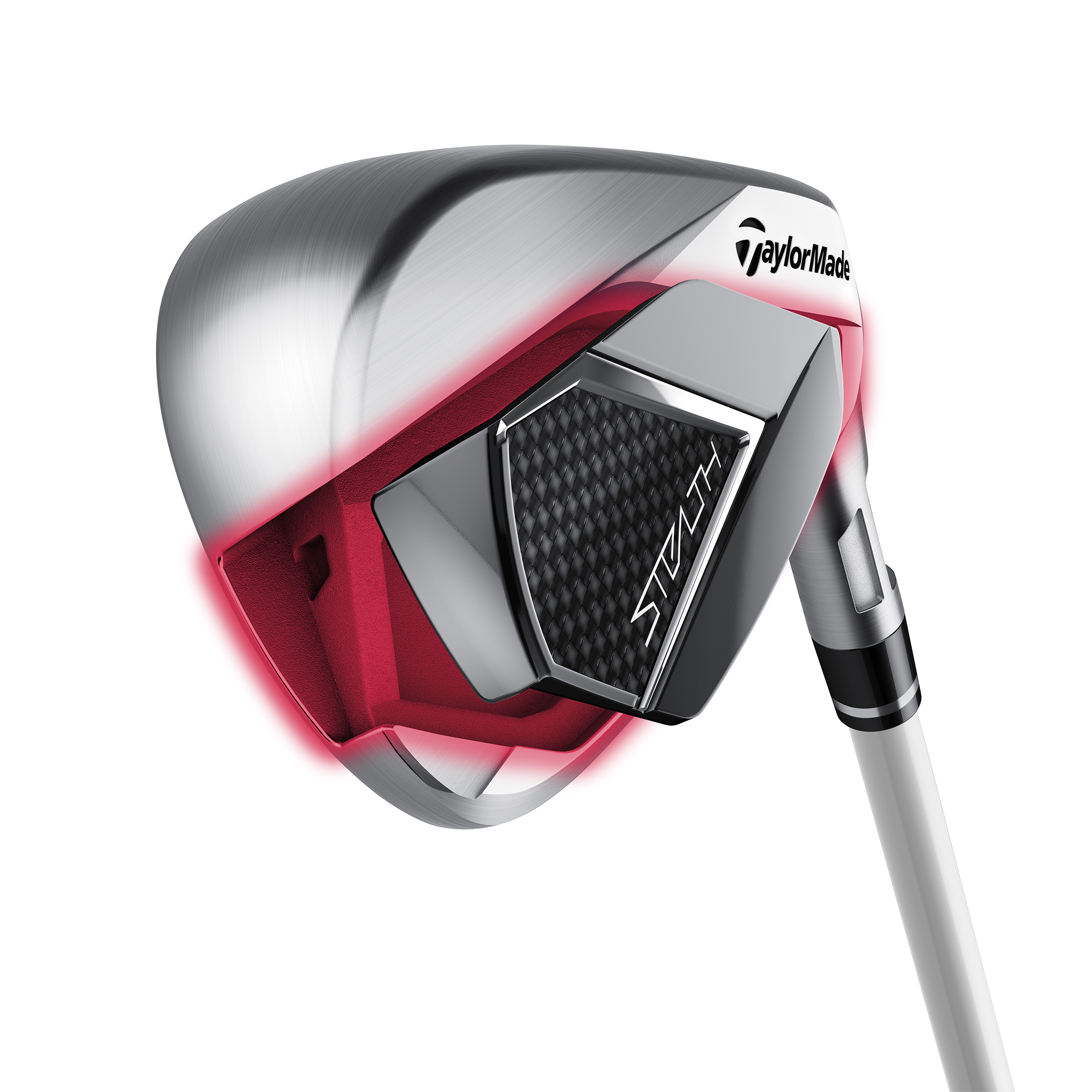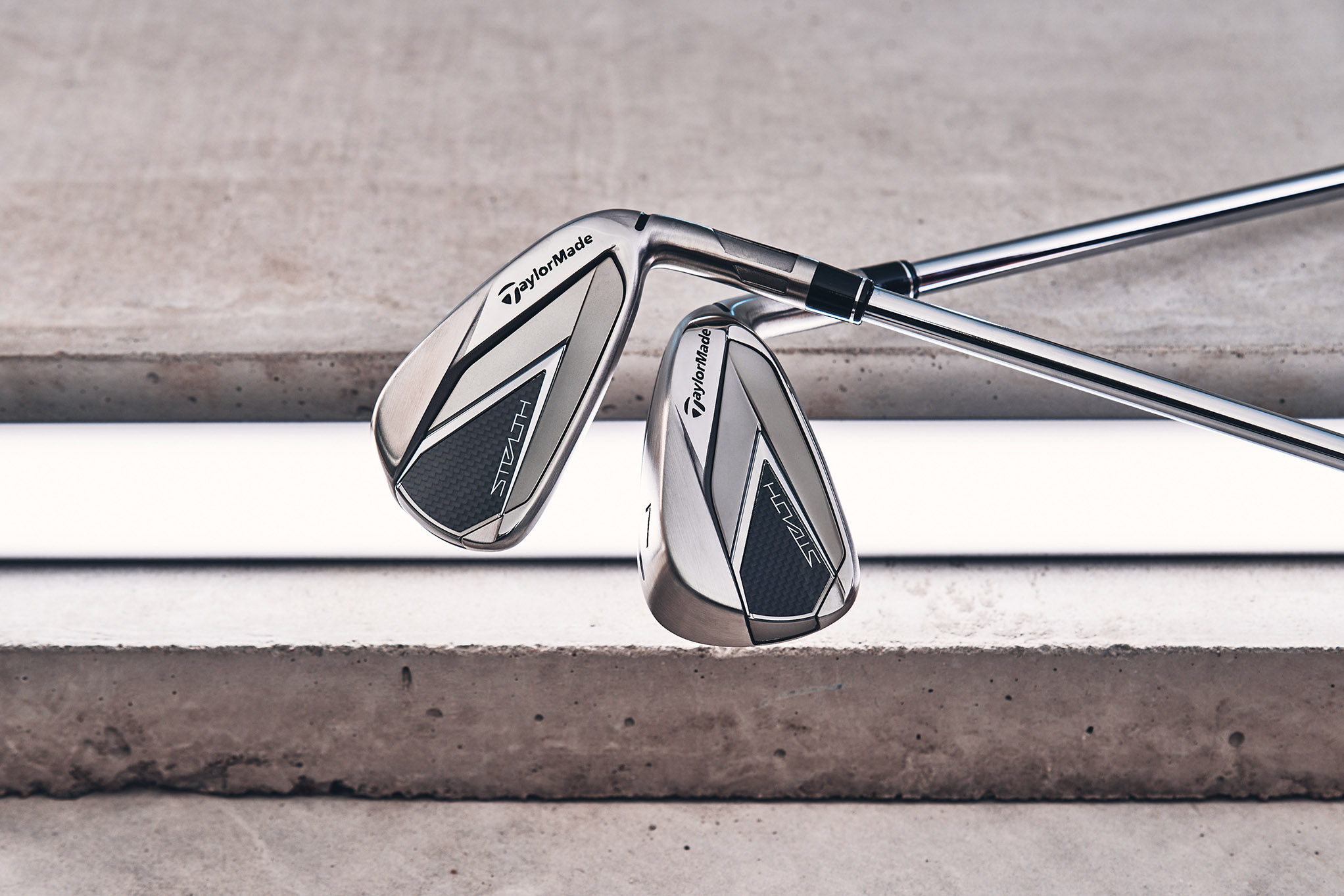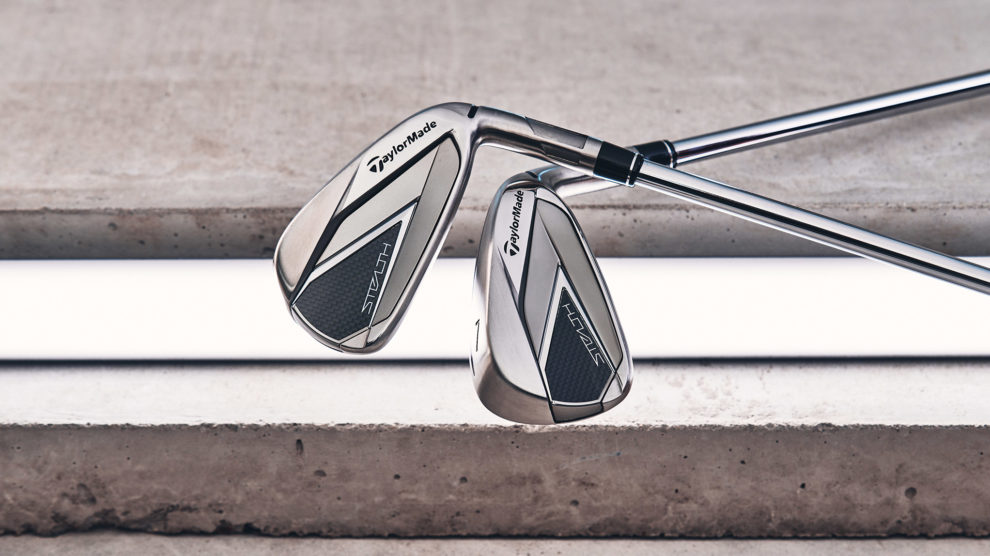TaylorMade Golf has a new set of game-improvement irons for 2022, and, as has been the case in recent memory, they share the name of this year's driver. Say hello to the Stealth irons.
Just like with any game-improvement iron set, TaylorMade engineers were looking to make the irons easier to get in the air and more forgiving. The big iteration (that's perhaps a contradictory term) with the Stealth irons is another step toward making more traditional-looking, cavity-back irons look and perform like hollow-bodied irons.
In the SIM2 Max irons, TaylorMade created something called a Cap Back, which was a way of replicating a hollow-body concept but enclosing the head with a piece of low-density polymer instead of steel. The idea was to drive down the center of gravity and allow the face to flex more for better ball speeds and forgiveness -- in the main, the goal of every product.
In the Stealth irons, TaylorMade took it another step further with toe-wrap construction, effectively removing superfluous weight from the high toe and replacing it as part of the Cap Back concept. The weight savings were used to push weight further into the sole of the iron, moving the center-of-gravity location a massive 0.8 mm (seriously, that's a lot). Now the ball flies higher, carries farther and stops faster because of a steeper descent angle.

It's a fascinating idea and fits the DNA of TaylorMade, which has continued to push the usefulness of back-of-iron badging and materials into performance-enhancing features.
The Stealth irons also sport many of the features golfers know from prior-gen TaylorMade game-improvement irons. A Thru-Slot Speed Pocket allowed for more of the face to be unsupported, effectively hiking the sweet spot, which, with the CG change, is now closer to where most average golfers strike the ball on the face.
The company's 360 Undercut Technology uses topline ribs in the 4-7 irons to help the face flex, while a fluted hosel helps save weight and dial in the CG placement.

On the inside, the Echo Damping System absorbs unwanted vibration to deliver feel and sound tuned specifically to each iron, where ribbed structures line up with the contact zone and the Inverted Cone design, which is also custom to each iron. There are three levels of draw-bias offset from long irons to mid-irons to short irons.

